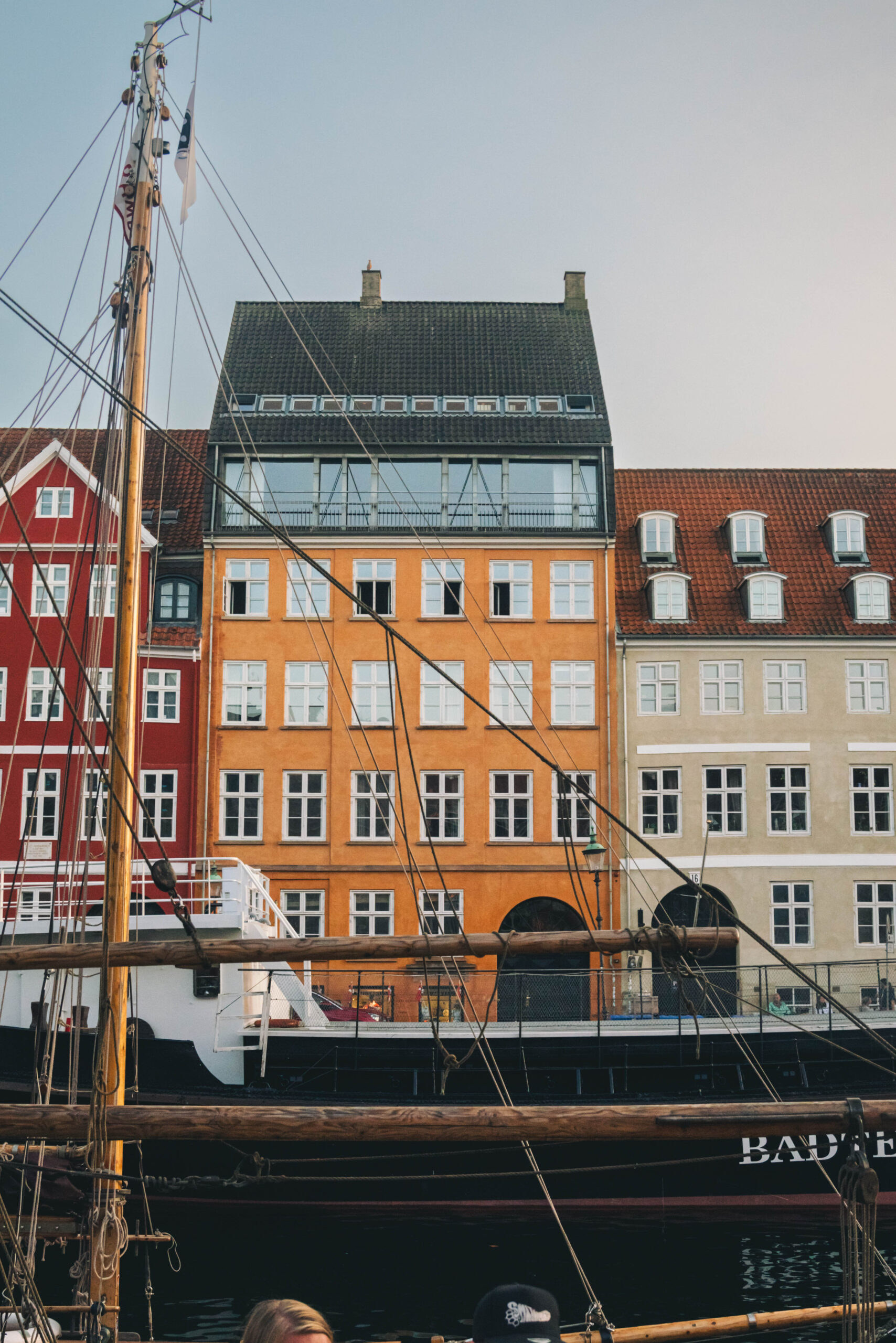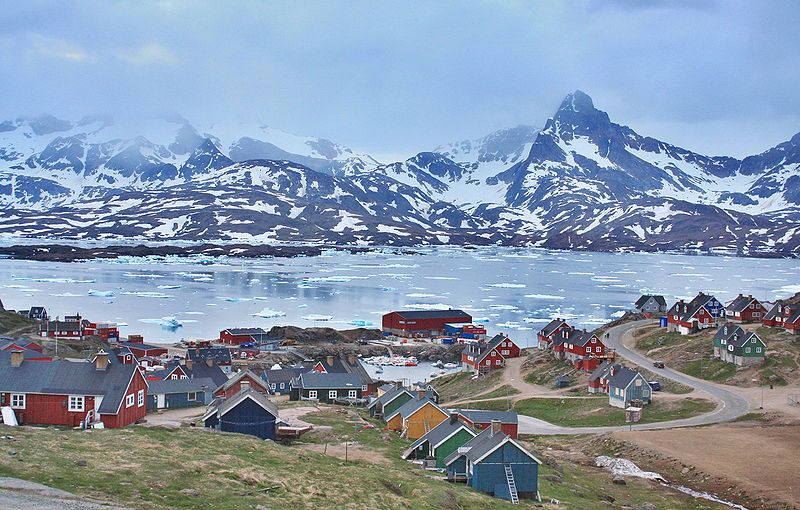The OECD has released a report heavily criticising Denmark’s approach to fighting bribery involving foreign companies or individuals, along with several recommendations (see factbox) to improve the situation.
The report, published by the OECD Working Group on Bribery, said that Denmark gives “insufficient priority to preventing, detecting and sanctioning foreign bribery” and must urgently step up its efforts to combat it.
So far, just one company has been convicted of foreign bribery in Denmark, and no individuals. This is in spite of numerous credible allegations, including those published in the media.
The report pointed out Danish companies’ “significant vulnerability” when it comes to bribery. It cited a lack of interest in investigating allegations, a lack of funding and a lack of appropriate resources as reasons why law enforcement is underperforming in this area.
Just not interested?
The report speculated that part of the reason that bribery is not being sufficiently penalised in Denmark is the general perception that domestic corruption is low in the country.
It also indicated a series of positive developments, such as Denmark’s reinforcement of its anti-laundering regime and increased provisions to protect whistleblowers.
Danish companies display a high degree of awareness of foreign bribery risks and have good measures in place to limit corruption.
Low conviction rate
The only case of foreign bribery that has led to a conviction so far in Denmark is that of Hempel, a company that manufactures paint for ships.
The company was ordered to pay $33 million for “illegal sales practices” carried out in 2017.
However, no individuals were prosecuted and the company continues as a major player in the marine coating industry.
READ ALSO: Why the Mafia believe in Denmark. And how Denmark has made them a fortune












